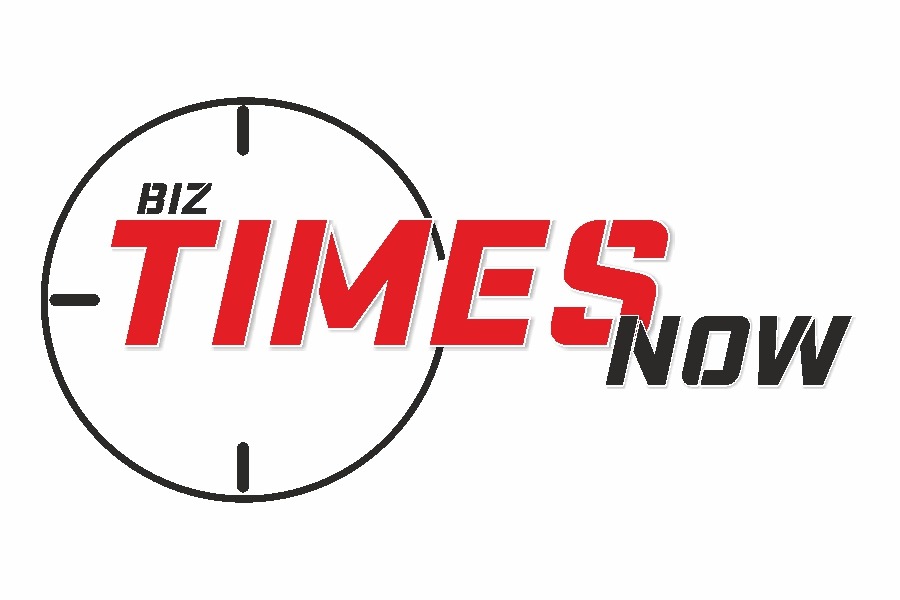With economic uncertainty looming in 2023, there are growing concerns that a recession could hit shortly. Downturns habitually achieve income decreases, liquidity issues, and decreased shopper spending, all of which present difficulties for organizations. However, organizations can apply measures to help them explore an implied productive slump all the more effectively with some essential preparation and prescription.
In this article, we will examine 5 key ways associations should design now for the opportunity of a slump down the line. During testing macroeconomic conditions, organizations can assist with keeping up with coherence, holding clients, and even finding open doors by being proactive and setting up securities early.
Review and Tighten Budgets
One of the first things businesses should do to recession-proof themselves is to carefully review their budgets and expenditures to identify areas where they can trim excess spending. Budget cuts in non-essential areas will allow businesses to focus their spending on critical activities and build up cash reserves. There are a few key areas where companies can usually cut back on operating expenses without negatively impacting business operations:
Marketing and Advertising
While brand visibility is important, cutting back on more peripheral promotional activities can help conserve working capital. Consider reducing ad spend, eliminating lower ROI marketing channels, putting new campaign development on hold, and leveraging existing brand equity during the downturn.
Real Estate
Look critically at property-related costs for companies with physical office spaces or storefronts. Consider downsizing to smaller spaces, renegotiating leases to secure better rates, subletting unused areas, or closing underperforming locations.
Travel and Expense Accounts
Limit non-essential business travel and reduce allowances for meals, entertainment, and other expenses. Encourage employees to cut costs across all budgets. Draw up temporary guidelines or policies around what the business will reimburse during more challenging economic times.
Boost Liquidity
Businesses should actively look for ways to increase their cash reserves and liquidity in advance of potential downturns in addition to cost control. Access to capital gives businesses a safety net they can draw upon if revenues decline due to slowing sales. There are several strategies companies can use to expand liquidity:
Maximize Cash Flow
Carefully manage accounts payable, accounts receivable cycles, and inventory to ensure working capital is appropriately tied up. Provide discounts to customers for early or on-time payments. Use customer relationship management (CRM) data to prioritize outreach and collections from accounts with the highest balances first.
Utilize Credit Facilities
Put revolving credit facilities in place that allow the flexibility to draw down extra funds on short notice if needed. Even if the funds aren’t used in good times, having contingent financing available provides businesses with greater security.
Attract Investments
Consider bridge financing rounds to infuse extra operating capital to carry the business through challenges. Adding additional investors ahead of potential downturns can eliminate scrambling for funds later.
Get Creditworthy
In addition to having access to capital, it’s equally important for businesses to focus on maintaining or improving their creditworthiness before potential recessions. By becoming a borrower deemed “most likely to pay back debt,” companies put themselves in a better position to tap into additional credit facilities with preferable terms during challenging economic environments. There are a few key steps businesses can take to boost their creditworthiness:
Repair Credit
Check credit reports and scores for discrepancies or errors, bringing ratings down unfairly. Dispute problematic items that could be dragging down scores. In addition, arrange explicit induction accounts by successfully overseeing scores and avoiding late installments.
Pay Down Debt
To the extent possible, chip away at existing debt, particularly high-interest liabilities. By reducing debt obligations now, businesses won’t need to dedicate as much cash to interest payments later on if incomes decline.
Lengthen Runway
Take measures to improve all liquidity and longevity metrics that factor into credit decisions, including higher current ratios, more months of working capital runway in reserves, favorable cash burn rates, etc.
Diversify Revenue Streams
Another way businesses can buffer themselves from potential recession impacts is by diversifying their revenue streams before stormy seas hit. Reliance on a single product line, business unit, customer segment, or geographic market leaves companies extremely vulnerable to fluctuations. There are several ways managers can go about diversifying their revenue mix ahead of time:
New Customer Categories
Analyze current customer segments and purchasing behaviors, then identify logical adjacent groups to expand into via tailored messaging and offerings designed to resonate. Avoid overreliance on any demographic, psychographic, firmographic, or behavioral cluster.
Expanded Product Lines
Consider augmenting current flagship offerings with compatible products, services, and business lines that leverage existing competencies. A broader product mix allows the business to withstand fluctuations in demand for any individual line item.
Stress Test Strategies
Businesses should prepare for an economic decline by proactively stress-testing budgets, strategic plans, and financial models to determine their viability under a range of adverse scenarios. Some approaches to stress-testing business strategies include:
Sensitivity Analysis
Adjust modeling assumptions up and down across reasonable ranges for variables like demand forecasts, input costs, capital availability, collection cycles, credit terms, etc. Determine breaking points.
Scenario Modeling
Model worst, base, and best-case macro scenarios informed by historical recessionary environment data, economist projections, industry perspectives, etc., assessing potential impacts on near-term operations and long-term trajectories.
Conclusion
Exploring downturns can be overwhelming for organizations; however, they can fabricate versatile establishments to face the hardship with proactive preparation. By assessing spending plans, supporting liquidity, keeping up with reliability, differentiating incomes, and stress-testing procedures, supervisory groups can now moderate dangers and shore up safeguards before any financial slump hits. Businesses that are prepared with contingent capital, contingency plans, and contingency mindsets will be better positioned to operate with agility, confront challenges as opportunities, and strategically support continuity if recessionary environments emerge.
Frequently Asked Question
Why prepare if a recession isn’t inevitable?
Better safe than sorry; resilience precautions strengthen organizations regardless of economic climate.
What are signs a recession is coming?
Slowing growth, declining indicators like retail sales and market returns, and job losses point to a heightened likelihood of downturns.
How much cash should businesses stockpile?
A minimum of 6-12 months is recommended; some experts advise even an 18-month cushion for smaller enterprises or industries vulnerable to demand shifts.












Welcome To Biz Times Now
Welcome to Biz Times Now, the leading business magazine dedicated to providing invaluable insights and strategic guidance to top-level executives and managing personnel.